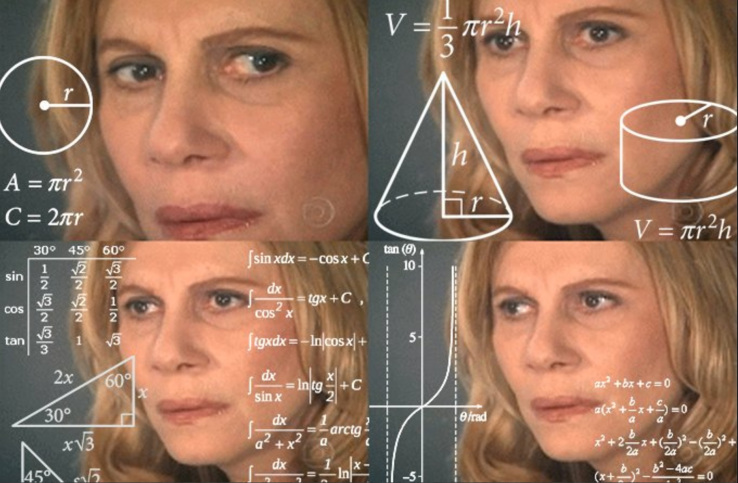

I was all set to dislike the “flick,” a time unit just recently invented by Facebook (technically the Oculus team), because I thought it was going to be something worthless like “the average time someone looks at a post.” In fact it’s a very clever way of dividing time that theoretically could make video and audio production much more harmonious.
So what is a flick? A flick is one seven hundred and five million six hundred thousandth of a second — 1/705,600,000 if you prefer the digits, or 1.417233560090703e-9 if you prefer decimals.
And why is that useful?
As a hint, here’s a list of numbers into which 1/706,600,000 divides evenly: 8, 16, 22.05, 24, 25, 30, 32, 44.1, 48, 50, 60, 90, 100, 120. Notice a pattern?
Even if you don’t work in media production, some of those numbers probably look familiar. That’s because they’re all framerates or frequencies used in encoding or showing things like films and music. 24 frames per second, 120 hertz TVs, 44.1 KHz sample rate audio.
Many of these fractions resolve into inconvenient decimal series, necessitating shorthand or estimations. For instance, the 1/24th of a second around which the entire film industry is based on is equal to 0.0416666666666666… on and on forever (even attempting to use nanoseconds to represent these durations ends up creating fractions of nanoseconds). So it may be abbreviated for convenience to 0.04167. Easier to remember, but not numerically exact, and who knows when that “extra” value might break something?
On the other hand, using flicks almost all these important fractional frequencies turn into a nice exact round numbers, no bars or estimation needed: 1/24th of a second, for instance, is 29,400,000 flicks. 1/120th is 5,880,000 flicks. 1/44,100th is 16,000 flicks.
Those numbers may not be easier for you to remember, but it makes them a heck of a lot simpler for systems to match with one another without creating some kind of inter-format fraction that has to be resolved with yet another adjusting frequency. Computers love whole numbers, and so do I.
Even the weird NTSC numbers in use due to certain technical constraints divide nicely. 23.976 (technically 24*(1,000/1,001)=23.976023976230 with the last 6 digits repeating) becomes exactly 29,429,400 flicks. It’s the same for 29.97, 59.94, and any others like them. No more fractions or decimals needed whatsoever! How great is that?!
I don’t know why this is so immensely satisfying for me, in a “things fitting perfectly into other things” way. Probably because having dabbled in video and audio editing and effects, timing and frame rate stuff was always a pain (though thankfully we’ve mostly left behind interlacing and other legacy cruft) and I would welcome harmonization really of any sort. I congratulate this team of genius self-starters for finding this amazing number and creating this potentially super-useful time unit.
You can download, fork, or otherwise investigate the flicks format and code over at GitHub.
(Apologies for the meme lead image but it’s hard to illustrate units of time.)

